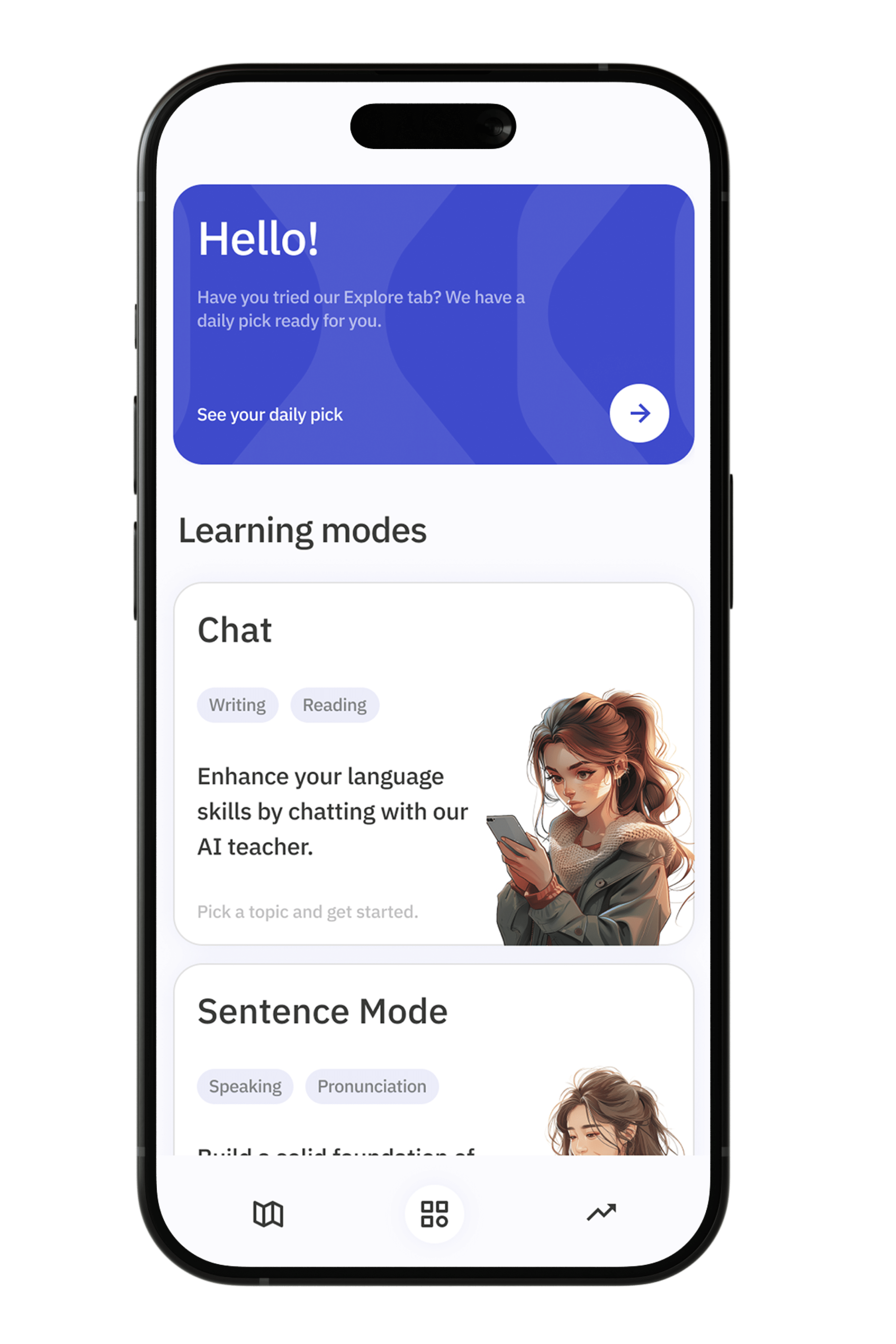Pick a language and start learning!
Pronouns with prepositions Exercises in Spanish language

Mastering pronouns with prepositions is essential for achieving fluency in Spanish. These combinations often present a challenge for English speakers due to the differences in structure and usage between the two languages. In Spanish, prepositions are followed by specific pronouns that must agree in gender and number with the nouns they refer to. Understanding how to correctly pair pronouns with prepositions will significantly enhance your ability to construct coherent and natural-sounding sentences.
Our exercises are designed to help you practice and internalize these important grammatical structures. Through a variety of interactive activities, you will learn how to use pronouns with prepositions in different contexts, ensuring that you can confidently navigate everyday conversations and written communication. Whether you are a beginner or looking to refine your skills, these exercises will provide the practice you need to improve your proficiency in Spanish.
Exercise 1
<p>1. ¿Quieres ir al cine conmigo *conmigo*? (preposition + "with me").</p>
<p>2. El regalo es *para ti* (preposition + "for you").</p>
<p>3. No puedo vivir sin *ti* (preposition + "without you").</p>
<p>4. Esta carta es de *él* (preposition + "from him").</p>
<p>5. Salí a pasear con *ella* (preposition + "with her").</p>
<p>6. Vamos a la fiesta sin *ellos* (preposition + "without them").</p>
<p>7. Esta sorpresa es para *nosotros* (preposition + "for us").</p>
<p>8. Hablaré contigo más tarde *contigo* (preposition + "with you").</p>
<p>9. El coche es de *mí* (preposition + "from me").</p>
<p>10. El libro es de *ella* (preposition + "from her").</p>
Exercise 2
<p>1. Yo hablo *con* mis amigos todos los días (preposition used to indicate "with").</p>
<p>2. Ella viene *de* la escuela muy cansada (preposition used to indicate origin or source).</p>
<p>3. Vamos *a* la fiesta esta noche (preposition used to indicate direction or destination).</p>
<p>4. Estoy esperando *por* ti en la entrada (preposition used to indicate waiting for someone).</p>
<p>5. Los niños juegan *en* el parque cada tarde (preposition used to indicate location).</p>
<p>6. La carta es *para* ti, llegó esta mañana (preposition used to indicate recipient).</p>
<p>7. El libro está *sobre* la mesa (preposition used to indicate on top of something).</p>
<p>8. Ella sueña *con* ser una gran artista (preposition used to indicate dreaming about something).</p>
<p>9. Juan se sienta *entre* María y Pedro (preposition used to indicate between).</p>
<p>10. La reunión es *en* la oficina principal (preposition used to indicate location).</p>
Exercise 3
<p>1. Ella siempre piensa *en* ti (preposition for thinking about someone).</p>
<p>2. Juan y Marta hablaron *con* él sobre el proyecto (preposition for talking with someone).</p>
<p>3. Los niños corrieron *hacia* nosotros cuando llegamos (preposition for moving towards someone).</p>
<p>4. El regalo es *para* ella, no para ti (preposition for indicating for whom something is).</p>
<p>5. Vivimos *cerca de* ustedes (preposition for indicating proximity).</p>
<p>6. La carta fue escrita *por* mí (preposition for indicating the agent in passive voice).</p>
<p>7. El libro está *sobre* la mesa (preposition for indicating location on a surface).</p>
<p>8. No puedo vivir *sin* ti (preposition for indicating lack of something).</p>
<p>9. El perro duerme *debajo de* la cama (preposition for indicating position under something).</p>
<p>10. Está en la casa *de* ellos (preposition for indicating possession or belonging).</p>







